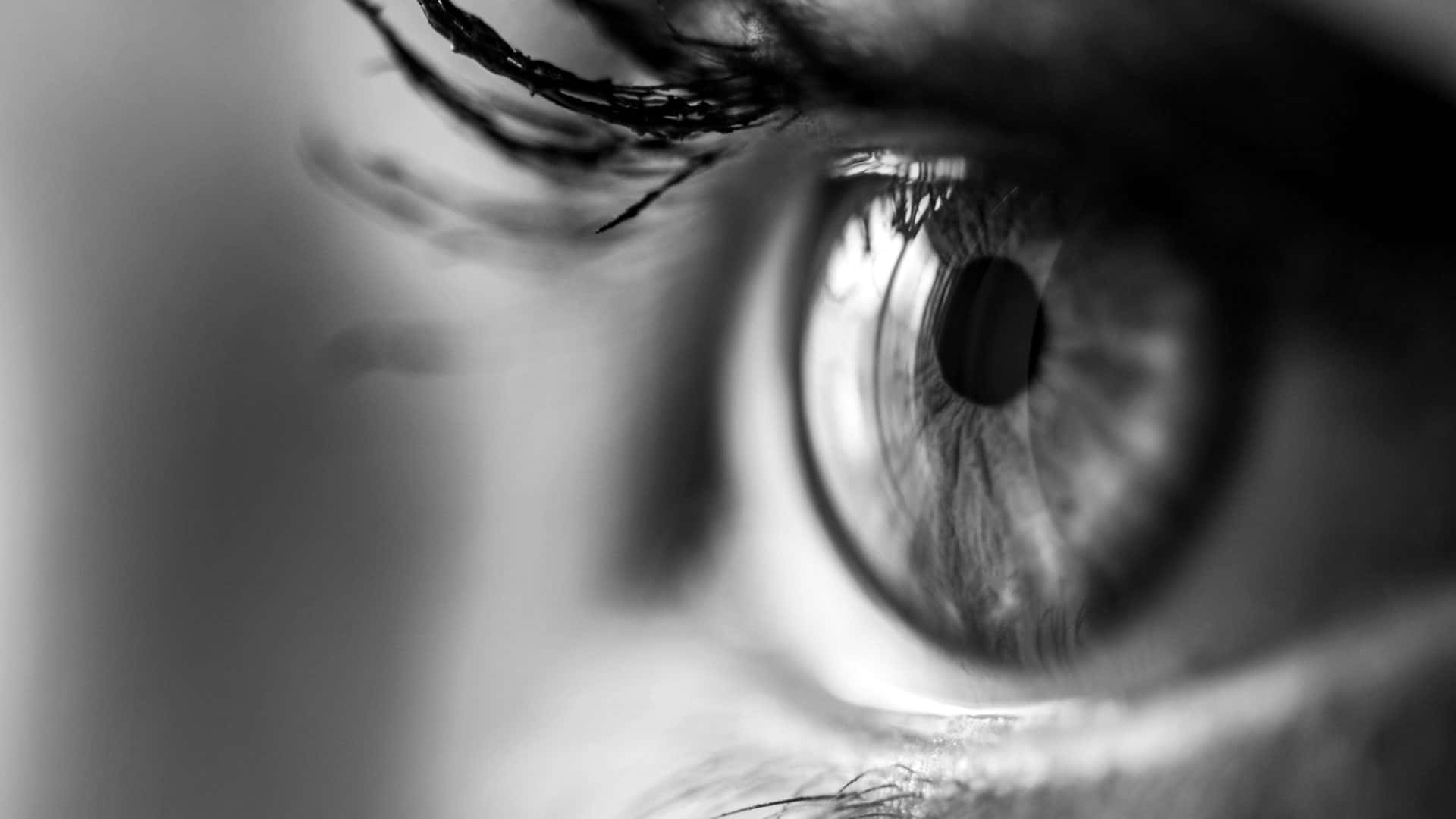Making a movie (especially about killers) requires, well, a visionary.
I learned that recently when asked to participate in fitting a creepy looking contact lens to add character depth to an actor in the role of a killer. What particularly struck me, though, were the many visual skills that the film director had to juggle simultaneously in order to create the movie as envisioned.
Making the process even more difficult was the planned filming of the movie in a second location at another time. That meant someone had to be aware of continuity – for instance, a moustache or a beard on an actor cannot just pop up when filming a month from now. Continuity errors are often unnoticed. During making of the classic movie The Sound of Music, one of the child-actresses, in the role of Gretel, loses a tooth. Because some of the scenes were filmed out of order, they had to be re-ordered in the making of the final film. If watching closely, a viewer can see Gretel’s tooth come and go.
Directing a movie truly exemplifies the difference between “eyesight” and “vision.” Eyesight simply refers to seeing something — like the numbers and letters on a screen or chart in a typical eye testing office. Vision, on the other hand, refers to the internal ability to interpret what one is seeing and organize it in terms of time and space. Being a visionary can mean having the creativity to think of something others have not thought of before. For example, Walt Disney visualized Disneyworld when looking at swampland in Florida. Visualization gives one the ability to “see” what could be in the future.
At the Mind-Eye Institute, our emphasis is not on helping patients achieve 20/20 clarity, but rather on determining whether their “mind-eye connection” is intact. By that, I mean the integration of many different visual skills – some at a conscious level and others beneath conscious awareness. The film director demonstrated that ability to “visualize” an entire project and then separate it into parts, each of which could be arranged with efficient teamwork systems for proper and timely completion.
Oftentimes, patients who have undeveloped visual skills, sustain concussions or traumatic brain injuries will “put off” projects because they lack the “vision” of how to complete them. They are overwhelmed – and uncomfortable. When brain circuitry is out of sync, people can become confused, have a narrowed perception and awareness, exhibit inappropriate reactions and responses, or experience difficulties in learning. When eyes and ears are not coordinated, people have to continuously monitor their attention, and that effort becomes exhausting, depleting energy reserves.
A youngster with intact visual skills can be assigned a book report due within three weeks. The child will be able to readily plan when to select a book, when to start reading it and how much time to devote to other subjects, such as history and math, in order to get the project done on time. Another child, one considered learning-challenged because of undeveloped visual skills, may be simply overwhelmed by the assignment, unable to organize thoughts or arrange a schedule to ensure timely completion of the report.
Each person’s processing systems have unique mind-eye connections, based on individual experiences. The Mind-Eye Institute team is able to prescribe therapeutic approaches on a very individualized basis in order to bring patients’ sensory systems into synchronization.
We are helping rebuild patients’ visual skills or, in the case of learning disorders, develop new ones so that people can be truly “visionary.” Who knows? Perhaps, one of them may even become a film director.
Deborah Zelinsky, O.D.
Founder and Executive Director
Mind-Eye Institute

Media
